Qutub Minar is one of the highest minaret and iconic monuments of India which is located in its own capital state- Delhi. It is situated in the Mehrauli region of Delhi. It is a towering landmark which never fails to attract visitors. The height of this tower is 73meters. After Red Fort, Qutub Minar is another symbol of the Mughal Era making that too within Delhi. This iconic tower was built by Qutub-ud-din-Aibak in 1193. It is an architectural masterpiece that boasts of being the world’s tallest brick tower and has remained so for more than 800 years. Thus you should include Qutub Minar during your Delhi tour. Qutub complex is also listed among the UNESCO World Heritage Sites due to its architectural beauty and historical importance.

So this blog will cover some amazing facts, grand architecture, glorious history of Qutub Minar and other important aspects which will help you in exploring this most famous landmark of Delhi.
Architectural Brief of Qutub Minar – Delhi
The design & architecture of Qutub Minar is influenced by one of the Minarets from Afghanistan. This tower has five different storeys, each marked by a projecting balcony. The first three storeys are made of red sandstone. The fourth one is purely made of marble, and fifth storeys are of marble and sandstone with engravings of Quranic texts and decorative themes. The foot of the tower has the Quwwat Ul Islam Mosque which is the first mosque built in India.
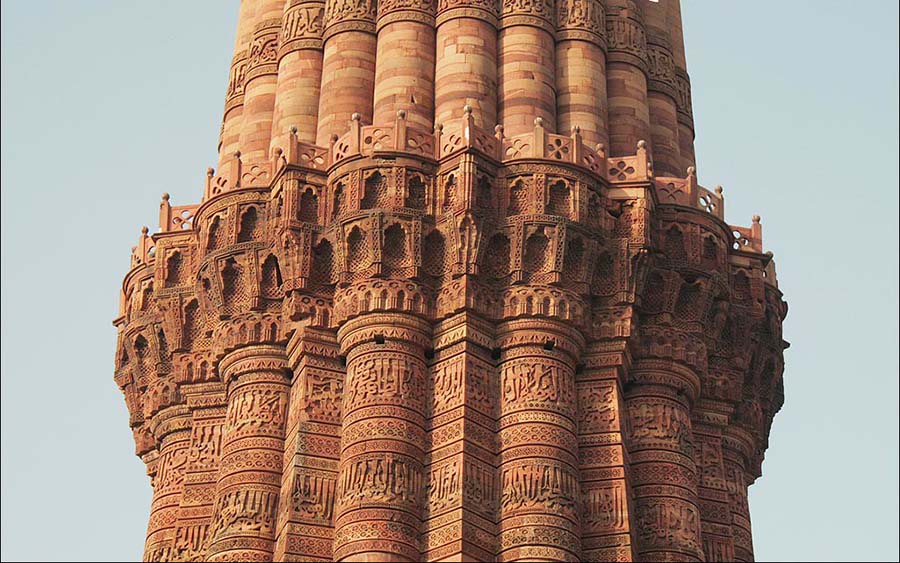
The Qutub Minar has 397 steps. The lotus borders carvings, garlands and looped bells were included from the local sensation. There are writings in Nagari and Parso-Arabic characters on the walls of Qutub Minar which shows its further development and reconstructions by Tughluq and Sikandar Lodi between 1381-1517. This structure of Qutub Minar is tilting about 65 cm from the vertical base but it is considered safe. However, the experts are monitoring it continually to avoid rainwater leakage as it might affect its base. Visit today to experience its beauty.
Also Read: Famous Monuments Of India
History Associated With Qutub Minar – Delhi
The origins of Qutub Minar are wrapped in controversy. This five-storied historical monument was constructed by several rulers and took over four centuries for completion. The construction of Qutub Minar was started by Qutub-ud-din-Aibak in 1193 as the victory tower and though this tower has been named after him. Qutub-ud-din-Aibak was the founder of Delhi Sultanate. But the final shape was given by Firoz Shah Tughlaq in 1368. The minaret went through numerous changes in the hands of nature and British rule.
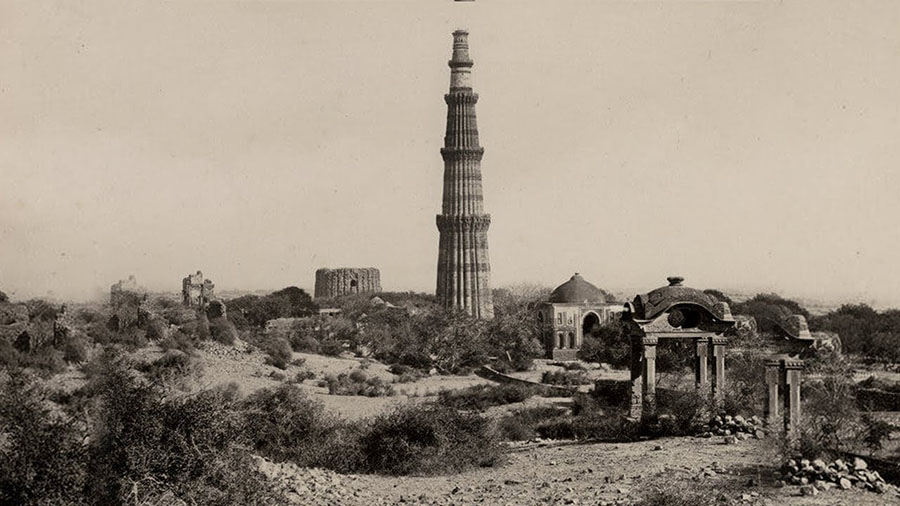
Qutub-ud-din-Aibak wasn’t able to build it beyond the first story. Later Shams-ud-din Iltutmish a successor of him added three more floors to the tower in 1220. In 1369, its uppermost story was damaged due to lightning which was reconstructed by Firoz Shah Tughlaq. He also added the fifth and final story of the Qutub Minar. The entry door of Qutub Minar was built by Sher Shah Suri.
Around 300 years later, the tower suffered severe damages in an earthquake. Then a member of British Indian Army- Major Robert Smith fixed the structure in 1828. He also established a pillared dome on the top of the fifth story, thus giving the tower its sixth story. But this extra story was removed in 1848. The entry inside Qutub Minar was banned after the 1981 accident in which 47 people died inside it.
Point of Attraction
The Qutub Minar Complex in Delhi has myriad attractions for all the history buffs out there. The main structures in the complex include:
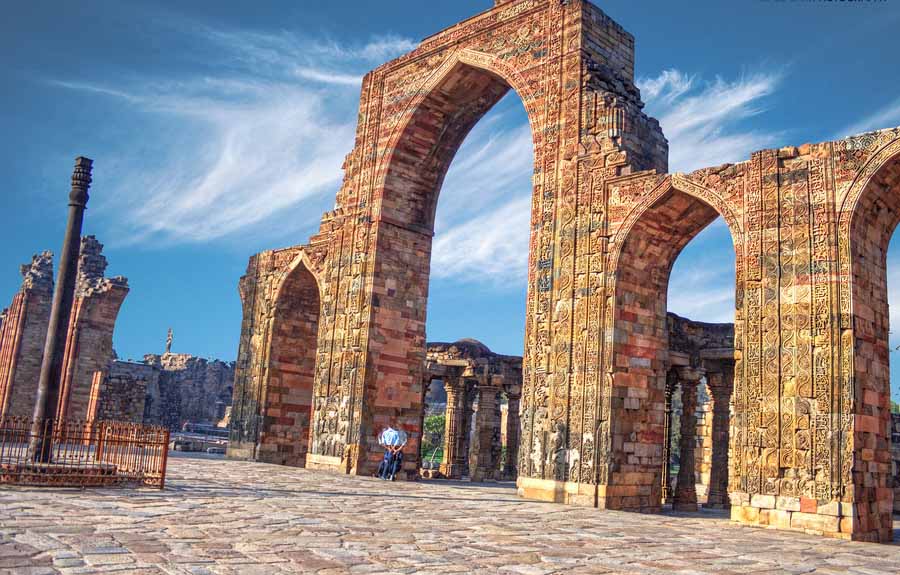
- Quwwat ul Islam Mosque: This was the first mosque to be built in India
- Ala’i Darwaza: Ala’i Darwaza is an entrance gateway to Quwwat Ul Islam mosque inside the Qutub complex which was built by Alauddin Khilji in the 14th century
- Iron Pillar of Chandragupta II: This Iron pillar is 7m in height, its speciality is that it never gets rusty.
- Tomb of Iltutmish, who was the second ruler of the Delhi Sultanate.
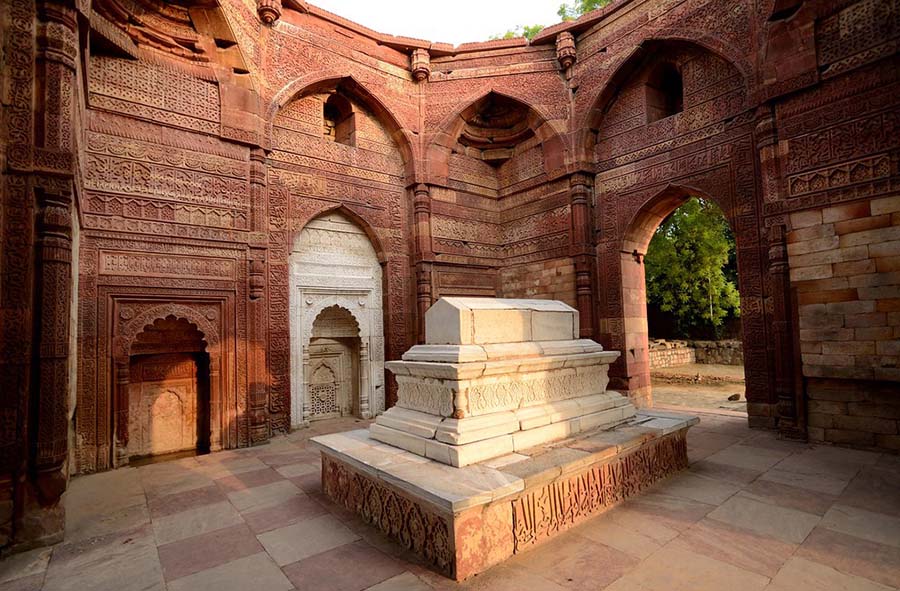
- Tomb of Imam Zamin, Alauddin Khilji’s tomb and madrasa, Alai Minar, the unfinished victory tower of Khilji.
Also Read: Akshardham Temple: Epitome of Spirituality & Culture at Delhi
Beneficial Details
- Best Time to Visit Qutub Minar: It is difficult to visit in summer and rainy season. The most favourable time to visit Qutub Minar is from September to March. The best time to visit this monument is during the winter season when the weather is cool and pleasant for sightseeing.
- Visiting Time: 7:00 AM – 5:00 PM, All day open
- Entry Fee: ₹35/- for Indians and ₹550/- for foreigners and free for children below 15 years
- Edibles are not allowed inside the monument.
Modes of Reaching Qutub Minar
Due to the ideal location of Qutub Minar, it is recommended & easy to reach by metro and road. Although, the closest airport to Qutub Minar is Indira Gandhi International Airport which is situated at a distance of 13.8 km from it. Old Delhi Railway Station is the closest railway station located about 17 km and is 55 minutes away.
If you are coming by bus, the nearest bus stops are Qutub Minar Bus Stand and Kashmiri Gate Bus Station. You can take a DTC bus to travel to this monument from anywhere in Delhi NCR.
Places to Visit Near Qutub Minar
Apart from Qutub Minar, you can also visit many other monuments located near it.
- Zafar Mahal: Visit this surreal and historic place which is located 1.5 km from Qutub Minar, it was the last royal palace built by Mughals. It is an 18th-century palace built by Akhbar Shah.
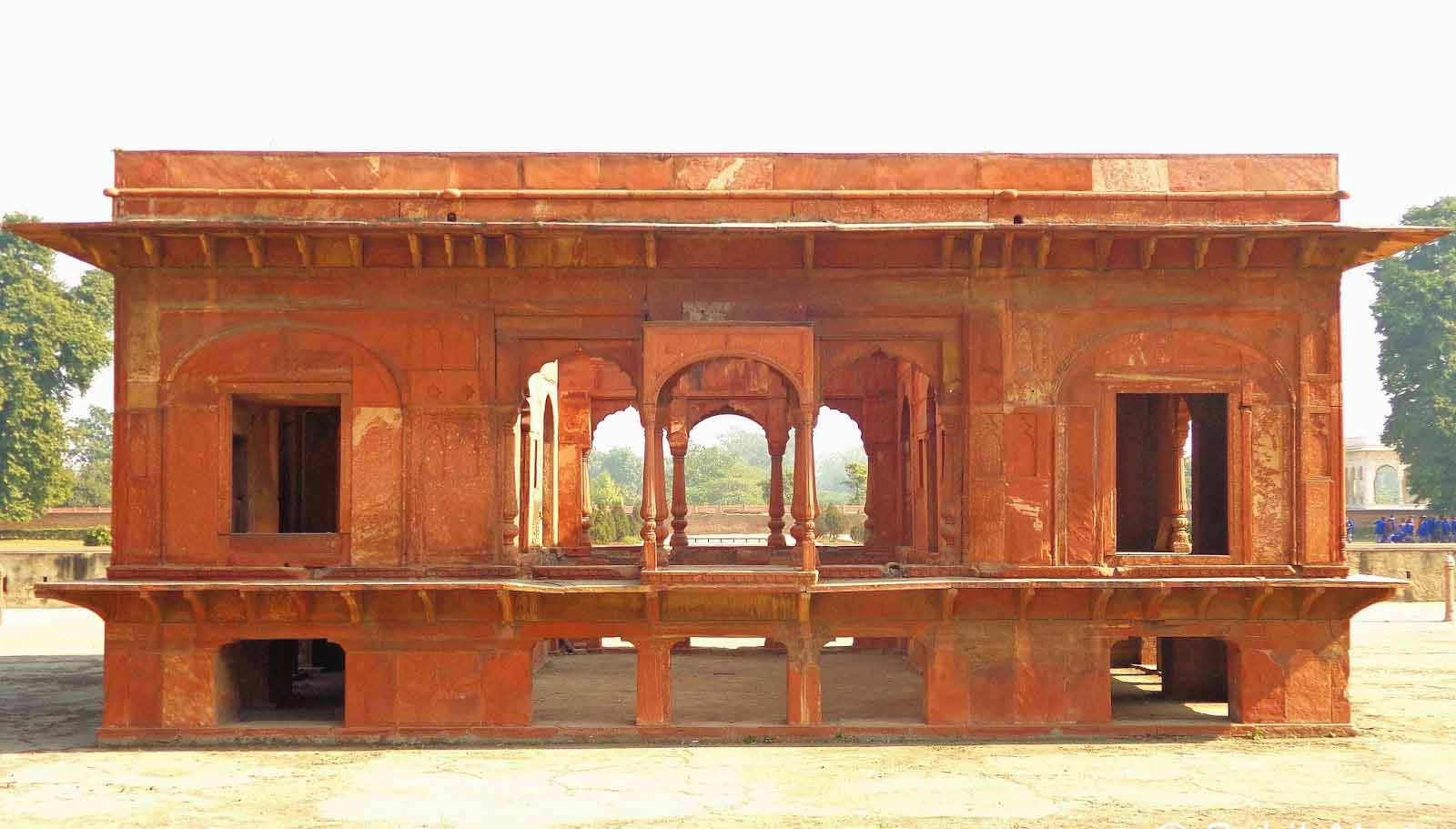
- Jahaz Mahal: It is located on the banks of Hauz-i-Shamsi and appears like a ship floating on the surface of the vast lake. It is situated 2.1 km from Qutub Minar. This is a must-see monument.
- You can also discover Dargah of Hazrat Khwaja Qutbuddin Bakhtiar and Tomb of Balban.
- Also visit Firoz Shah Tuglaq Tomb, Red Fort, Alai Minar and Jama Masjid if you are halting in Delhi for 2 days.
Also Read: Red Fort of Delhi – Most Magnificent Palace of India
This heritage monument is regarded as one of the best tourist places in Delhi along with the famous Mehrauli Archaeological Park located near to it. So, go ahead and spend a day exploring this architectural marvel and share your experiences with us.

